Explainer: What makes Iran’s loitering ‘358’ surface-to-air missile a military asset?
By Pouriya Kousheshiyan
In September last year, Russia’s then-defense minister Sergei Shoigu visited Tehran and held bilateral meetings and discussions with senior Iranian military officials.
On the sidelines of his trip, he also visited an exhibition of Iran’s defense achievements organized by the Islamic Revolution Guards Corps (IRGC).
At the exhibition, Shoigu and his delegation saw the ‘358’ loitering missile on display, as part of IRGC’s drone and air defense accomplishments.
IRGC aerospace commander Brigadier General Amir-Ali Hajizadeh was accompanying Shoigu to the exhibition and explained the characteristics of the newly-developed Iranian missiles, including ‘358’.
This dual-use missile, which can function as both a loitering missile and an unmanned aerial vehicle (UAV), was officially unveiled for the first time at that time.
It joined the arsenal of Iranian armed forces in 2019 but was not unveiled publicly until last year.
The missile has demonstrated capabilities that exceed many traditionally superior missiles and aircraft in warfare. The dual-mode UAV, also known as the 358 Saqhar, combines the functionality of a kamikaze drone and an anti-aircraft-guided missile, making it a significant force on the battlefield.
The deployment of the 358 missiles has created a new defensive and offensive strategy for the Iranian military, challenging previously dominant aircraft.
It has performed effectively in various operations and drills, proving particularly dangerous to drones, helicopters, military transport aircraft, and air command posts.
The 358 missile represents a notable advancement in Iran’s military technology, according to experts. Its ability to loiter over battlefields and deliver precision strikes positions it as a formidable weapon.
However, its effectiveness depends as much on the strategic skills of the operator as on the technology itself. Detailed information about the 358’s capabilities and operation remains limited.
It is approximately nine feet long with a slender cylindrical body, three sets of fins for maneuvering and stabilization, and a 22-pound warhead.
The missile uses a solid-fuel rocket booster for launch, which falls away after burnout, allowing it to transition to an air-breathing propulsion system—possibly a small turbojet—similar to traditional land-attack or anti-ship cruise missiles.
Air inlets are visible along the rear section of the missile. After launch, the booster detaches, and a gas turbine engine takes over for the remainder of the flight. The missile can operate at altitudes up to 28,000 feet but is primarily designed to target low-altitude drones. It can loiter in a figure-eight pattern until its optic sensors locate a target.
The missile uses an optical proximity fuse and an infrared seeker for guidance. It can detonate its warhead upon approaching the target using embedded infrared technology.
Unlike typical surface-to-air missiles, the 358 is designed to fly at low speed to a designated location, where it can loiter until its fuel is depleted.
It flies in a figure-eight pattern while searching for targets. Despite its relatively low speed compared to conventional anti-aircraft missiles, it is capable of intercepting high-speed fighter jets.
The deployment of the 358 missiles has posed a new challenge to the enemy, particularly affecting Western power projection capabilities, which rely on Medium Altitude Long Endurance (MALE) UAVs.
While slower than traditional SAMs, the 358 enhances the capabilities of the Iranian military and its allies, allowing them to assert an advantage over more advanced drones.
Pouriya Kousheshiyan is a Tehran-based military affairs analyst and writer.
VIDEO | People in Malaga hold rally to slam Israeli genocide in Gaza
Progress against famine remains ‘extremely fragile’ in Gaza: WHO chief
IEA data shows increase in Iranian oil production
VIDEO | Israeli regime kills two Palestinians including a child in occupied West Bank
VIDEO | Press TV's news headlines
‘Dying is worth it,’ says UK Palestine Action hunger-striker facing risk of death
Trump set to expand crackdown on immigration despite backlash
Iran reports significant rise in exports to Turkey


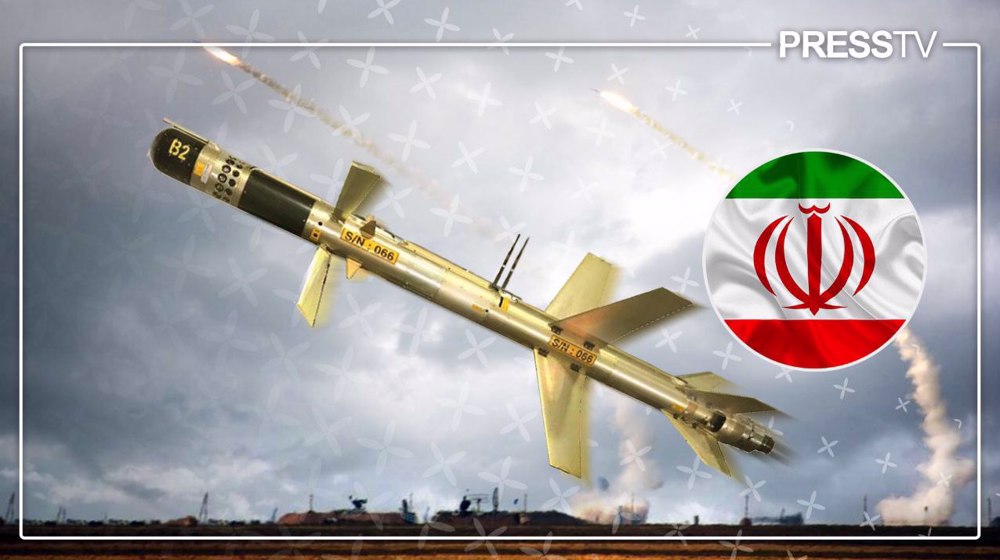
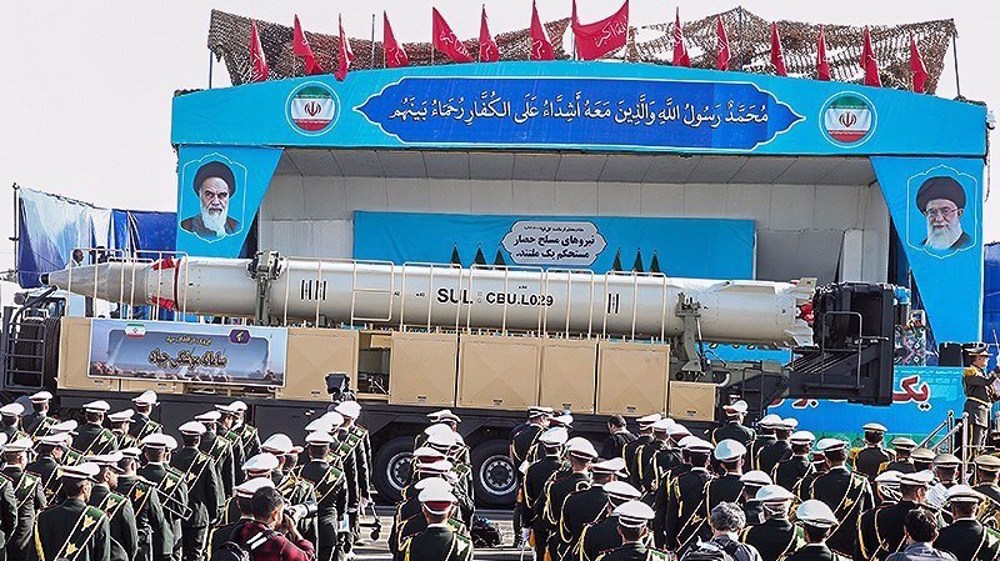
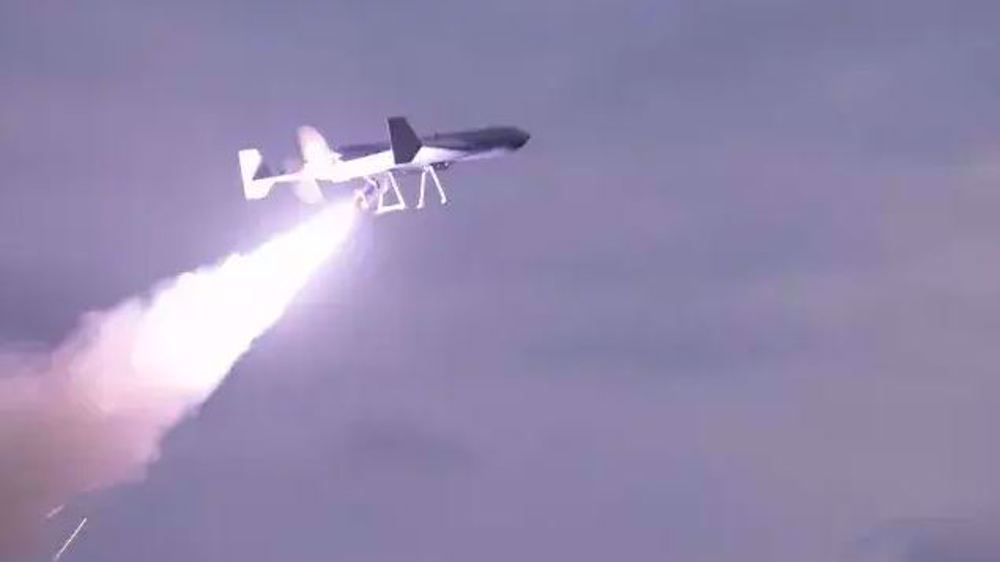
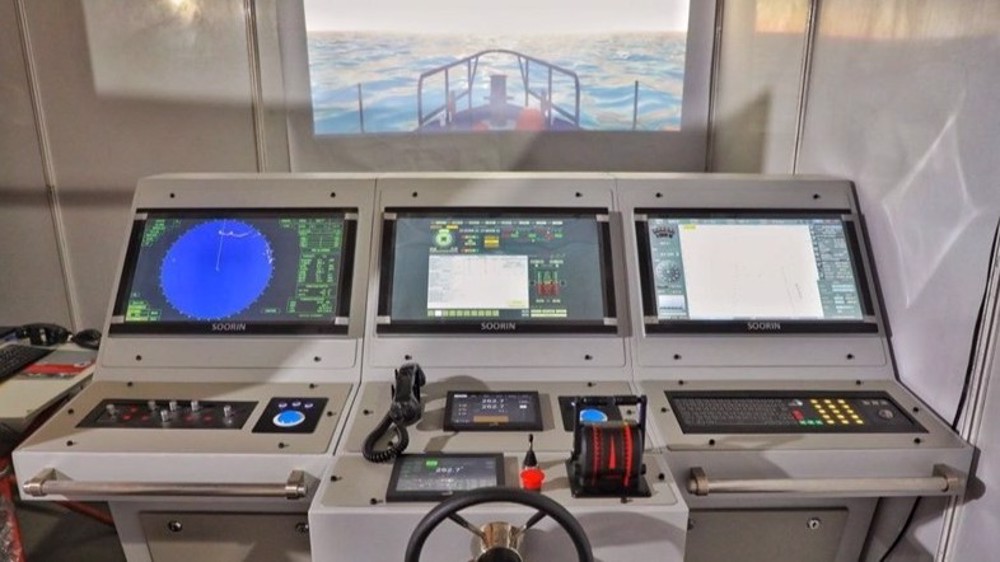




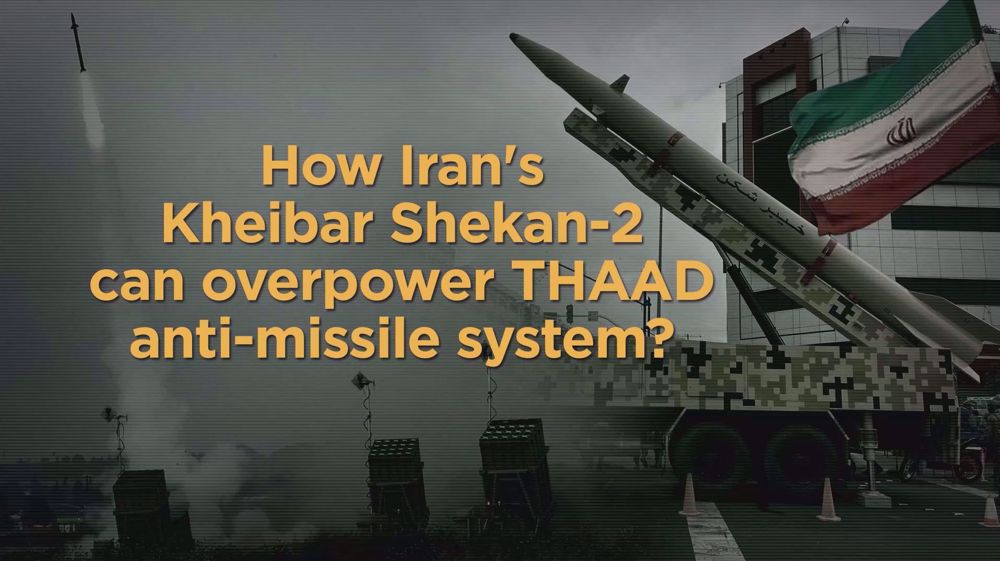
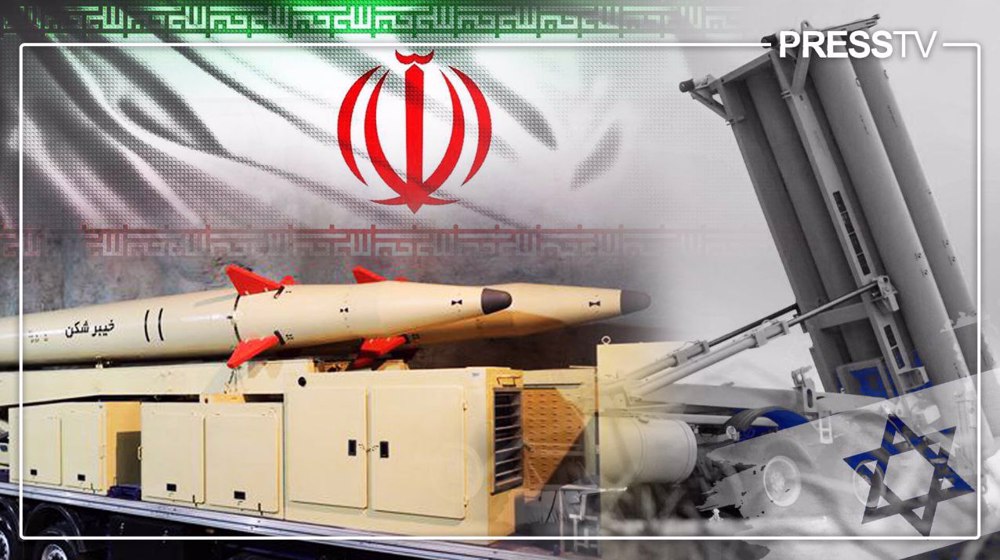




 This makes it easy to access the Press TV website
This makes it easy to access the Press TV website